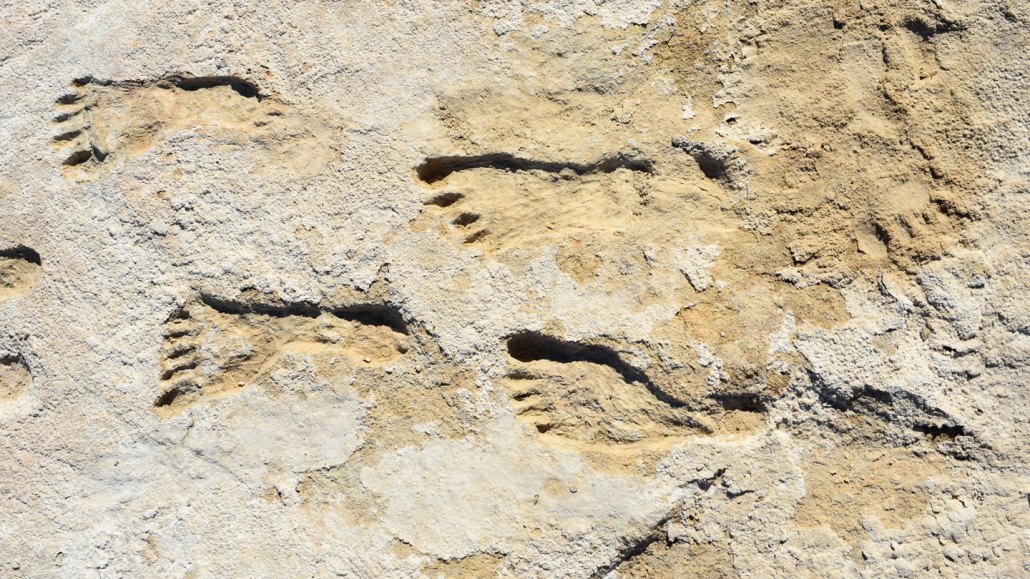50 years ago, scientists debated when humans first set foot in North America
Excerpt from the January 27, 1973 issue of Science News

Human footprints (shown) in modern-day New Mexico may be more than 20,000 years old. If so, that would offer some of the best evidence yet that people arrived in North America by the peak of the last ice age.
DAVID BUSTOS/NATIONAL PARK SERVICE, BOURNEMOUTH UNIV.








